Nebula X1: two-minute review
The Nebula X1 is the latest projector from Anker, a company that built its projector reputation by releasing the Capsule and Mars series, some of the most consistent, well-performing 1080p portable projectors available. A few years ago, Anker dipped its toes into the best 4K projectors category with the Nebula Cosmos Max, an oval-shaped, pixel-shifting LED projector designed to live on a shelf or ceiling mount. Since then, Anker upgraded from an LED light source to a laser one, and leaned back into the portable idea with the 2,200-ANSI lumen Nebula Cosmos Laser 4K, which has a carrying handle and rectangular shape.
Now, Anker has stepped things up again. The new Nebula X1 is a 3,500-lumen triple laser 4K DLP projector with its 14-element all-glass lens on a unique motorized gimbal, which is designed to ease setup in virtually any situation while delivering a sharp, properly aligned image. Built-in liquid cooling keeps temps down without excessive fan noise. It also has Dolby Vision HDR support, is ISF certified, and uses the Google TV smart TV platform.
The X1 includes a retractable handle for portability and has four built-in speakers (a 15W full-range woofer and 5W tweeter on each side) with a front-firing passive radiator. For improved sonic performance, two wireless speakers can be paired with the projector, and wireless microphones can turn a movie night into a karaoke night.
All of this performance and flexibility comes with a price, though, as the X1 on its own is $2,999, with the optional external speakers and microphones adding to that base price (not to mention a projection screen). But for movie nights, both inside and outside, the Nebula X1 delivers an excellent experience with an effortless, consistent setup process that will have you watching movies within minutes.
Nebula X1 review: price and release date
- First available: May 2025
- Price: $2,999 / £2,999 / around AU$4,500
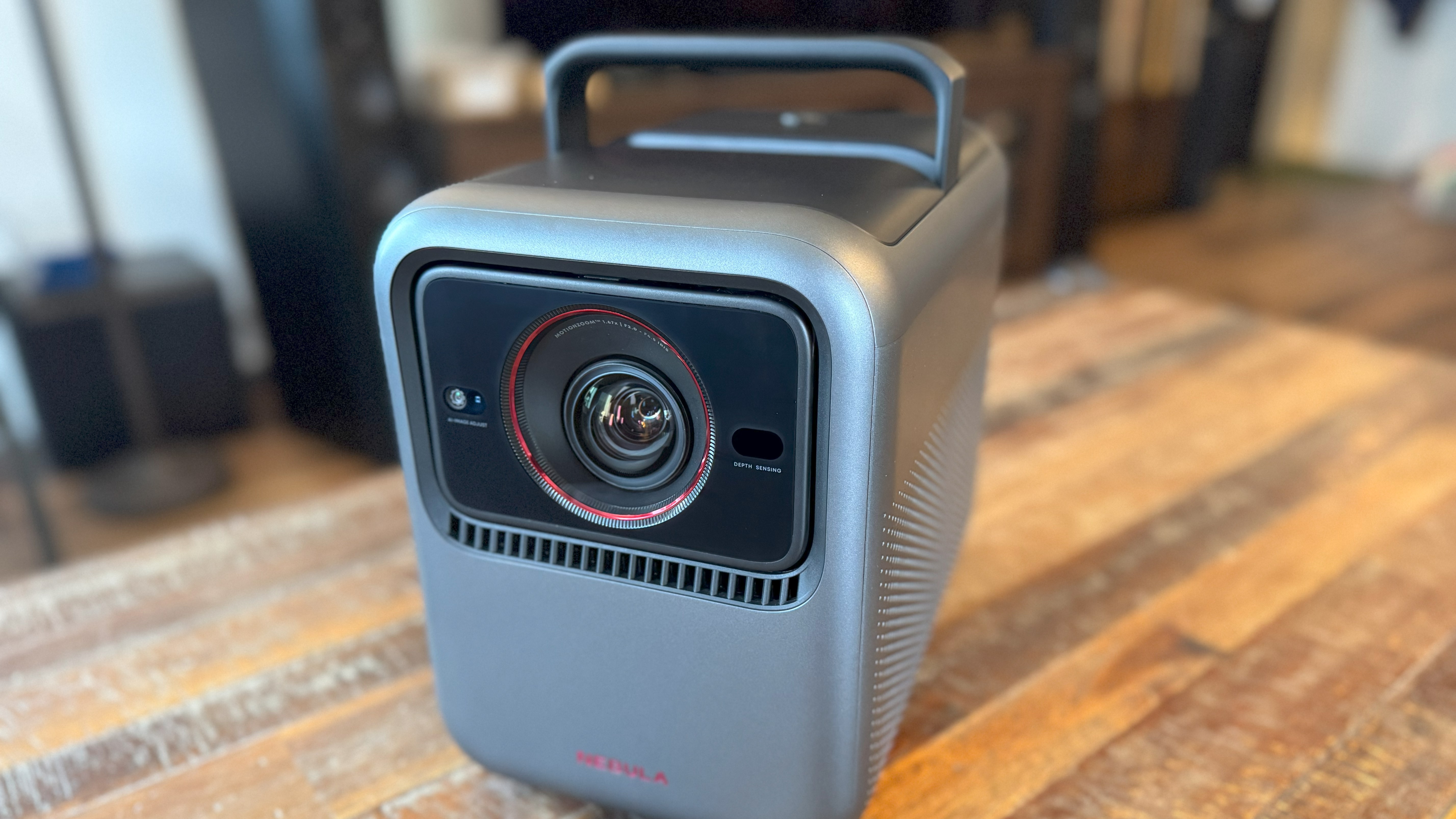
The Nebula X1 is available now for $2,999 / £2,999 / around AU$4,500 through the Nebula website or Amazon. The external speakers, sold in a pair, cost $699. An accessory pack is available that includes two speakers, two microphones, and a carrying case that holds all of it for $999.
There aren’t any projectors at the same price point that offer the same type of performance and portability. The triple laser Valerion VisionMaster Pro 2 is the most similar, although it is more suitable as a single-room home theater projector rather than a portable one. Other triple laser projectors around its price are of the ultra short throw (UST) type, while other, less expensive portable laser projectors use a single laser.
Nebula X1 review: Specs
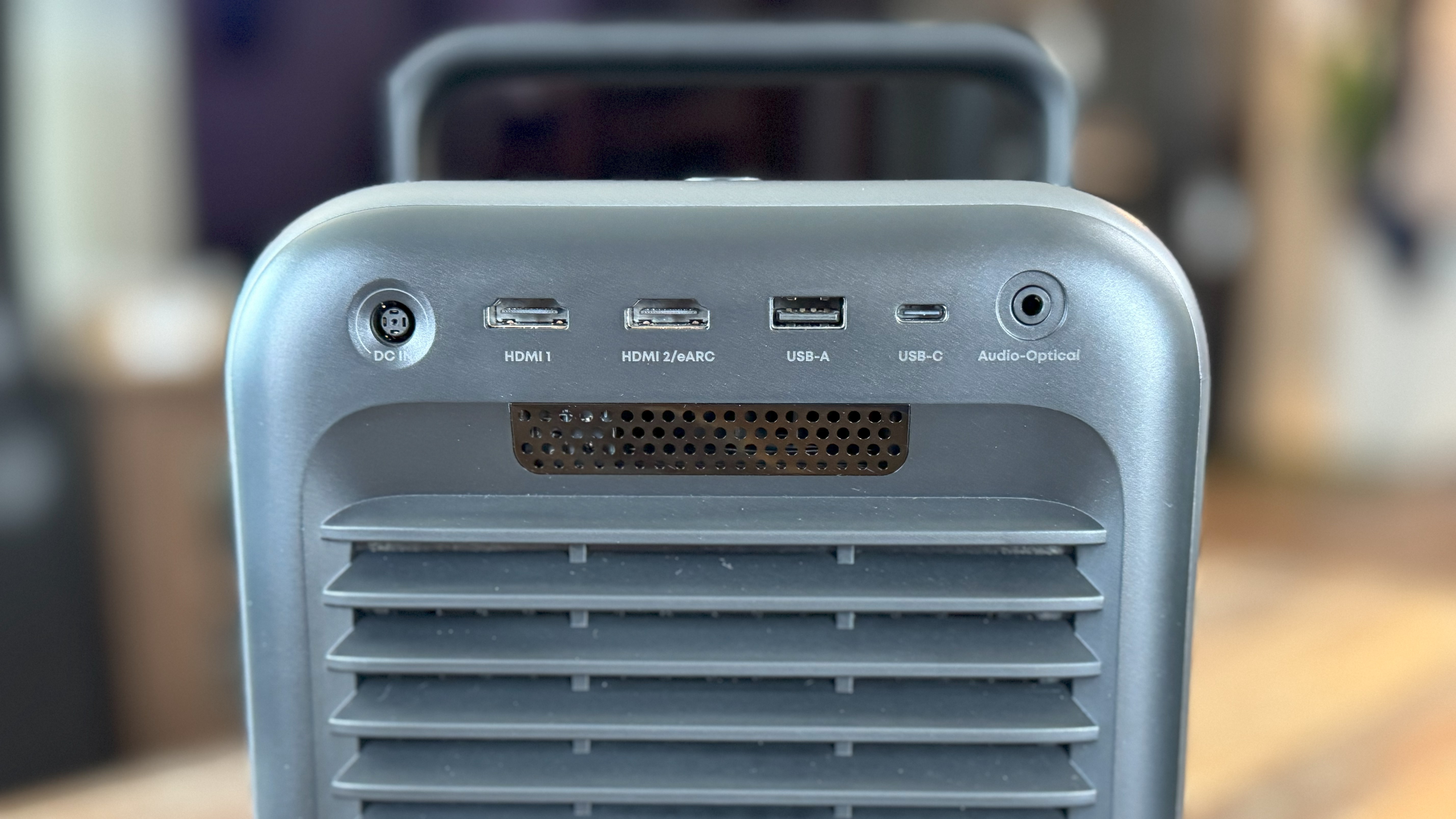
Swipe to scroll horizontally
Screen sizes supported: | up to a 200-inch diagonal |
Brightness (specified): | 3,500 ANSI lumens |
HDR support: | Dolby Vision, HDR10, HLG |
Optical technology: | Triple laser DLP |
Smart TV: | Google TV |
Connections: | 2 x HDMI 2.1 (1 with eARC), USB-A, USB-C, optical audio out |
Dimensions (W x H x D): | 11.1 x 7.3 x 9.7 inches (H x W x D) |
Weight: | 13.7 pounds |
Nebula X1 review: design and features
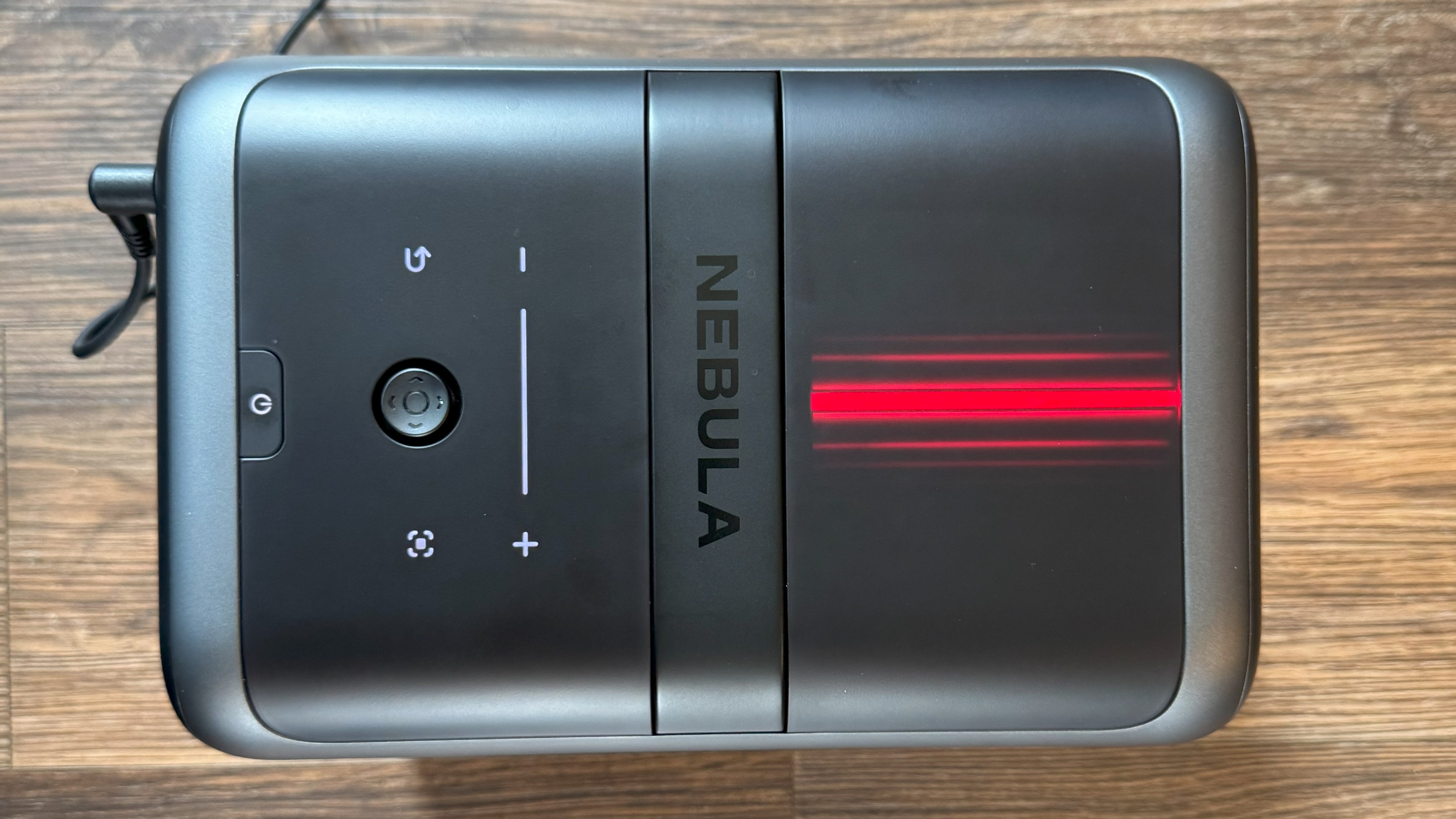
- Incredibly easy and accurate setup
- Quiet operation thanks to liquid cooling
- Innovative motorized gimbal for optical engine
The shape of the Nebula X1 is similar to the Cosmos 4K and Cosmos 4K SE projectors in the Nebula line — a tall rectangular box with a handle. The X1, though, is larger than its cheaper cousins, and its handle can be hidden in its body, out of view, by pressing it down (it can be just as easily extended by pressing on it again). When powered on, the X1 illuminates a Cylon-esque red line on its top, and capacitive volume, auto adjustment, and back buttons appear around the tactile navigation toggle.
Some projectors, such as the Hisense C2 and JMGO N1S 4K, have a gimbal stand to manually position the projector image toward the screen from a lower vantage point. The Nebula X1 takes it to a whole new level by having the built-in gimbal motorized and attached to the optical engine itself, thereby angling just the optics and not the entire projector.
On startup, the X1 scans the wall for a projection screen or unobstructed space for the image by moving the gimbal up and down across its full 25-degree range. When a screen is detected, the Nebula’s Intelligent Environment Adaptation tools adjust the image to fit the screen size and aspect ratio. If, for some reason, the auto setup didn’t properly adjust the image, there’s a button at the top of the remote (and on the projector) that will run spatial adaptation again.
In my weeks with the projector, I only needed to do this a couple times, and all but one of those was because I didn’t have the projector situated far back enough for the scan to cover the entirety of my 100-inch Elite Screens CineTension 3, resulting in the screen space not being filled properly. Scooting the projector back a few inches and running the setup process again fixed the user-error issue. The image fit isn’t totally pristine and can extend into a screen’s masking or frame by a few centimeters, but that’s still mightily impressive for an automated system, and, quite honestly, about as good as you’ll get doing it on your own.
While the usable image is sized well to the screen, there is some dim light bleed to the borders of the unaltered projected image size (that is, the full size before taking any auto setup into account). It’s only noticeable when the adjusted picture goes to black, or if you’re specifically looking for it while watching content. And if you’re projecting onto a freestanding screen outside, it’s of no consequence, because that light bleed disappears into the space around the screen.
It’s important to note that if you simply short-press the power button to turn off the Nebula X1 when you’re done, the gimbal will not immediately return to its default position — a short press puts the projector in standby mode. In fact, it will take close to 30 minutes for it to return, and if you unplug the projector to put it away, the gimbal will stay in that position until you turn it back on. You need to long-press the power button and select Power Off, which will shut down the projector and cause the gimbal to move into its vertical, default position within six seconds. The projector is then ready to be unplugged and put away safely. The instructions point this out when discussing the power button on the projector, but not when using the remote, so it’s easy to miss.
Instead of relying solely on fans to keep the internals cool, the X1 has a liquid cooling system — touted as an industry first — to keep things running at an optimum temperature, with a large fan exhausting the heat out the back of the projector. The liquid cooling makes the X1 one of the quietest projectors I’ve come across. Be aware that if you plan to sit directly behind the projector, you’re in for a warm evening.
On either side of the projector, behind the built-in grilles, are two speakers — a 15W woofer and a 5W tweeter — with a single passive radiator at the front. When paired with the two optional wireless speakers, the projector acts as the subwoofer in the 4.1.2 configuration.
The IR remote control is small and light, with backlit buttons that glow when the remote is picked up. There’s a built-in mic for use with Google that can be activated with a microphone button. The most prominent button is the four-way nav with the select button in the middle. Below it is the home button flanked by volume (up and down), settings, and the back button. Just below those are four quick buttons for YouTube, Netflix, and Prime Video, and volume mute.
The up and down volume buttons are laid out horizontally (with down on the left side and up on the right), instead of being oriented vertically, as is the setup on most remotes I come across. It’s a minor gripe, but I found myself hitting the back button (which is located directly above the volume down button) on numerous occasions when I intended to raise the volume.
- Design and features score: 4.5/5
Nebula X1 review: picture and sound quality
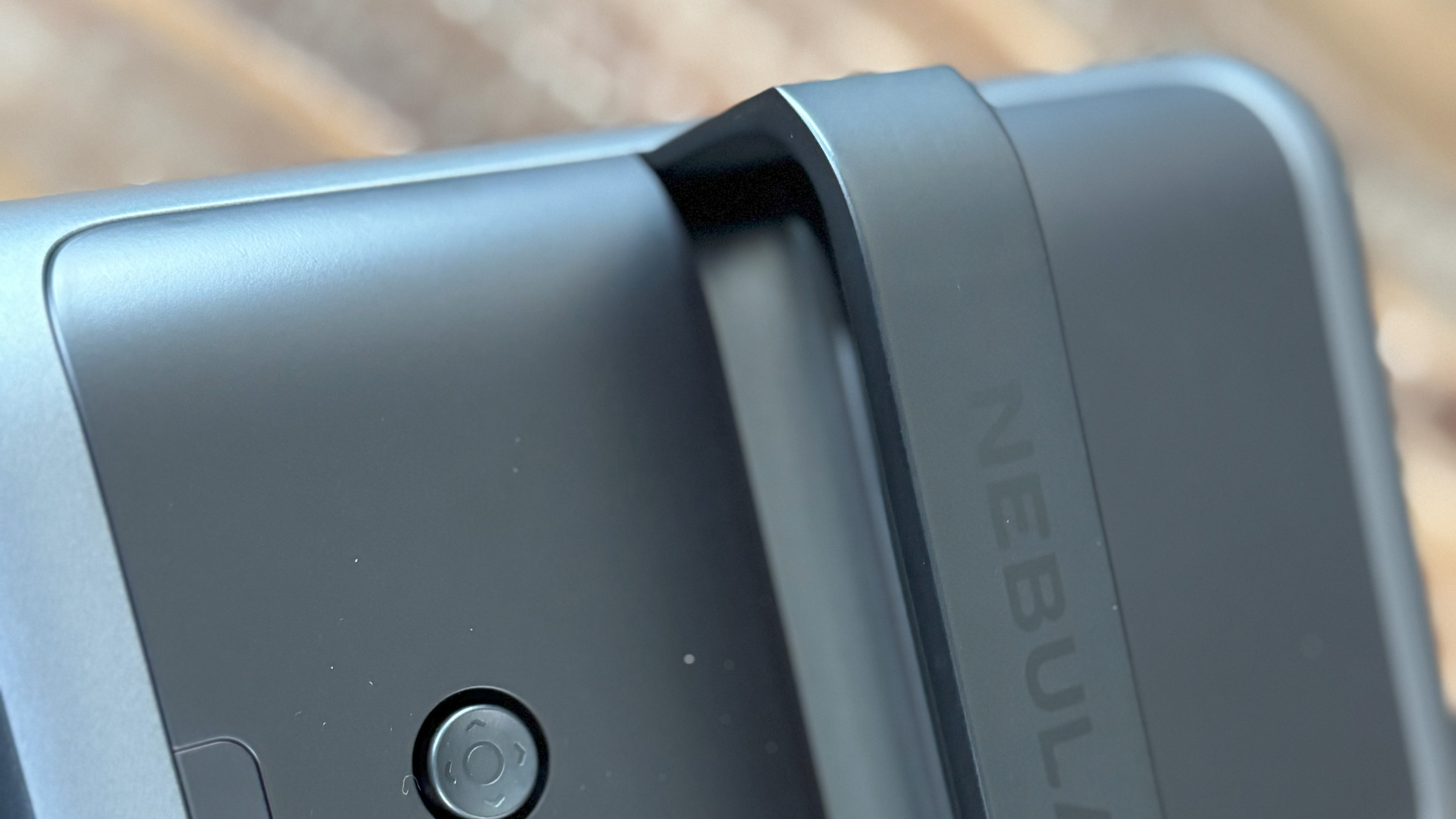
- Incredible detail from the 14-element, all-glass lens
- Accurate colors in Movie mode
- Gaming requires careful projector setup
The Nebula X1 has nine different picture modes – NebulaMaster, Standard, Vivid, Sport, Movie, Game (with two sub modes I’ll talk about below), Conference, ISF Day, and ISF Night.
As might be expected, Movie and the two ISF modes are the most accurate. I measured peak HDR brightness on a 10% white window pattern at 188 nits in both modes. The Nebula X1's native contrast ratio in the same was 1,656:1, and its dynamic contrast was 11,482:1.
What was not expected is that every mode, including the ISF modes, has some degree of MEMC (Motion Estimation, Motion Compensation), commonly referred to as motion smoothing or the ‘soap opera effect.’ With some content, the motion smoothing introduced artifacts when set at Middle or High. Low was more acceptable and could be beneficial when watching sports, but in general, I suggest you turn it off immediately.
NebulaMaster mode, according to information on the Nebula X1 site, dynamically adapts the image based on projection size and ambient lighting, while also using decontouring algorithms to reduce posterization artifacts (also known as banding). In my room, the image in this mode leaned heavily blue in both SDR and HDR, which was confirmed by my measurements. Some prefer an image with a cooler color balance, but for my taste, it was a bit too much. The mode also tended to slightly boost black levels in darker images.
Out of the box, Movie and the ISF picture modes were my preferred picture modes for all of my viewing. Colors, particularly skin tones, were far more accurate. Grayscale and colors could be dialed in even further in Movie mode with 11-point white balance correction, and a color management system for adjusting hue, saturation, and color brightness (luminance), plus offset and gain. (An ISF calibrator can unlock these options for the ISF picture modes, as well.)
The X1 performed admirably in dark scene torture tests from Dune and the opening scenes at Sapper Morton’s home in Blade Runner 2049, with some detail being visible in the dark shadows on the little home’s walls near the piano and in the kitchen. The X1 also delivers a good amount of brightness that allows the image to still have some pop while viewing in a backyard where there’s uncontrollable light pollution. Just wait until the sun goes down for the best experience.
But perhaps the most impressive performance aspect of the X1 was its detail. The 14-element, all-glass lens produces a gorgeously detailed 4K image, even with the picture adjustment processing to fit the image to the screen, which can introduce clarity issues towards the edge of the image. The X1’s picture looked crisp from corner to corner.
There was one issue I encountered during testing with the eARC port (HDMI2). I planned to watch a Blu-ray on my disc player connected to HDMI2, but the projector would only recognize the disc player as an audio source, and the video would default back to Google TV. When I contacted Anker about this, they said, “We are aware of this issue and will optimize this functionality in future software updates.”
When it comes to any gaming that requires a decent reaction time (which includes the vast majority of games), the projector needs to be in the Game picture mode with the Extreme setting active. This disables the keystone correction and delivers the best input lag, which I measured at 18.3 ms. But as you can imagine from that sentence, if you’ve been relying on the auto-adjust features to watch movies and TV shows, the moment you put it in this mode, the image becomes skewed and no longer fits your screen. If you use Game mode with the Standard setting, the keystone correction stays on, but the input lag shoots up to 142.1 ms with a 4K/60 signal, far too high for any serious gaming.
This scenario requires you to do a proper setup without the use of one of the best parts of the Nebula X1 – the auto adjustment. The lens needs to be level with the bottom of your screen, and it will take some time to play around with positioning to get the image to square up with your screen.
The built-in speakers can play impressively loud, although audible distortion can be heard from around 90 percent and above. But I wouldn’t recommend listening at that level anyway. As I listened in my living room, the maximum volume I set was between 50 and 60 percent, and usually lower. Dialogue was clear, and while it’s not the fullest and most robust sound I’ve heard (these are small woofers, after all), it was plenty to deliver a nice experience.
Adding the wireless speakers brings the sound performance to another level. The left speaker connected quickly, while I needed to turn the right speaker on and off several times before the connection happened. Naturally, having the ability to widely set a left and right channel with side-firing speakers increased the soundstage with a convincing phantom center, and the projector becomes the subwoofer. The upfiring Atmos speakers do a bit to add some height to the sound, but it’s not a convincing Atmos canopy with sounds flying overhead like you get from the best Dolby Atmos soundbars or discrete speakers with DSP. And if you use them outside, without a ceiling to bounce the sound off of, the effect is minimized.
Still, for a more immersive experience, I recommend getting the wireless speakers. Their relative ease of use, setup flexibility, and solid performance are a welcome addition to the Nebula X1. And if you purchase the accessory pack, they fit nicely in the carrying case along with the projector, remote, power supply, and (presumably) microphones. (I did not have the microphones on hand to test them.)
- Picture quality score: 4.5/5
Nebula X1 review: value
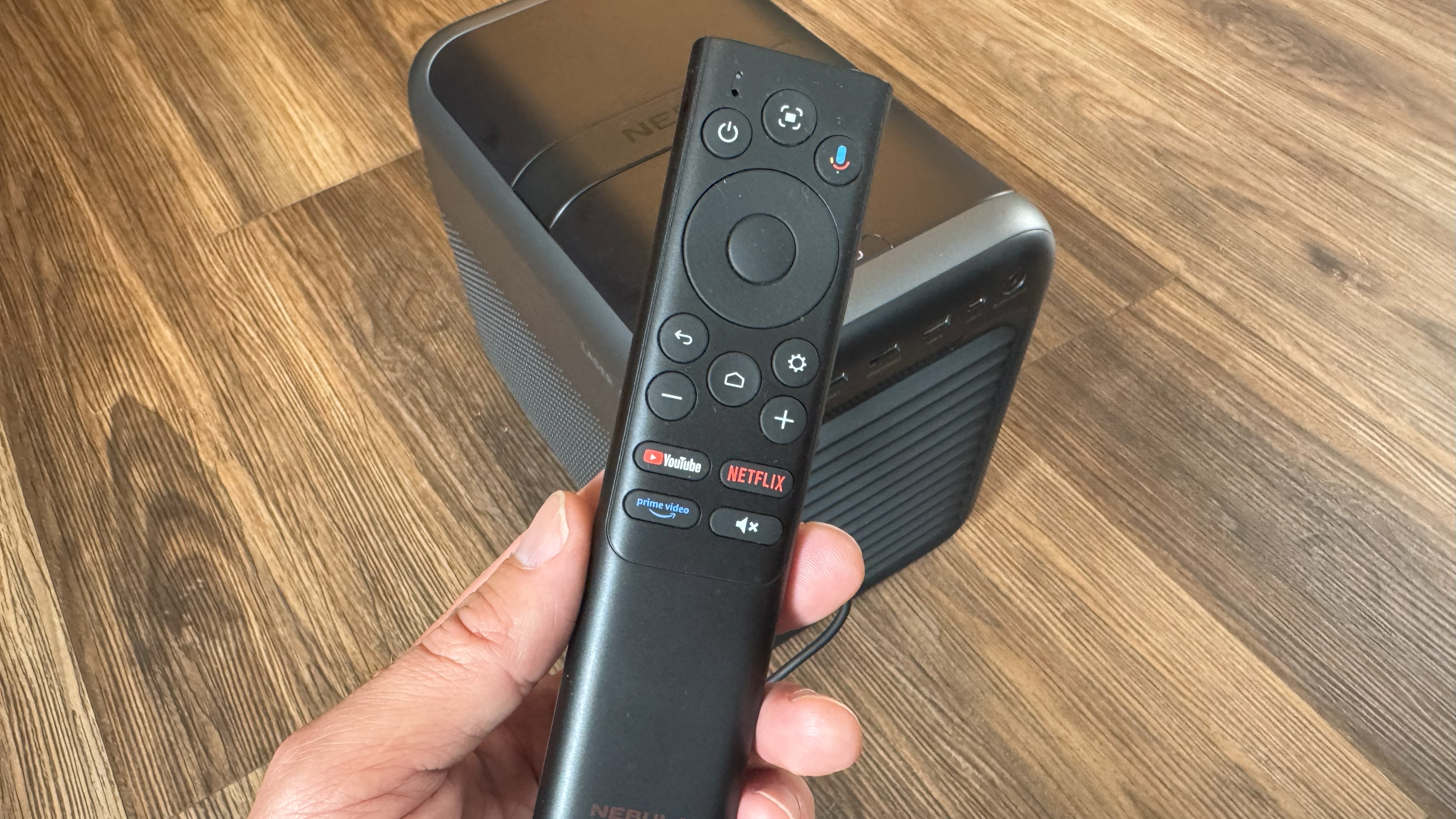
- Top-of-the-line portable projector
- More expensive than competitors
- Best experience requires additional speakers
When compared to other portable projectors, or even those that aren’t as portable, the Nebula X1 delivers incredible performance and, more importantly, a great movie-watching experience no matter where you set it up. There’s no need to take 10 minutes getting its height or angle perfectly correct for a squared-up image. Just put it down, point it towards your screen, and in a few dozen seconds it’s set to go. With the addition of the wireless speakers, the sound performance greatly improves without needing to set up (and plug in) a separate sound bar.
The $2,999 price tag, though, puts it hundreds of dollars above the portable competition, and more in line with lifestyle home theater projectors such as the Valerion VisionMaster Pro 2 and UST projectors like Samsung’s The Premiere 7 and the Hisense PX2-PRO. And then the accessory pack adds another $999.
That said, the performance and versatility of the Nebula X1 make it a top choice for a movie enthusiast's backyard projector, and one with the flexibility to serve as an indoor everyday projector as well.
- Value score: 3.5/5
Swipe to scroll horizontally
Features & Design | Automatic picture calibration and wireless speakers option; sturdy design with carrying handle | 4.5/5 |
Picture quality | Exceptional brightness for a portable projector and crisp 4K picture | 4.5/5 |
Value | Pricey, especially with wireless speaker option, but exceptional picture quality for a portable projector | 3.5/5 |
Should I buy the Nebula X1?
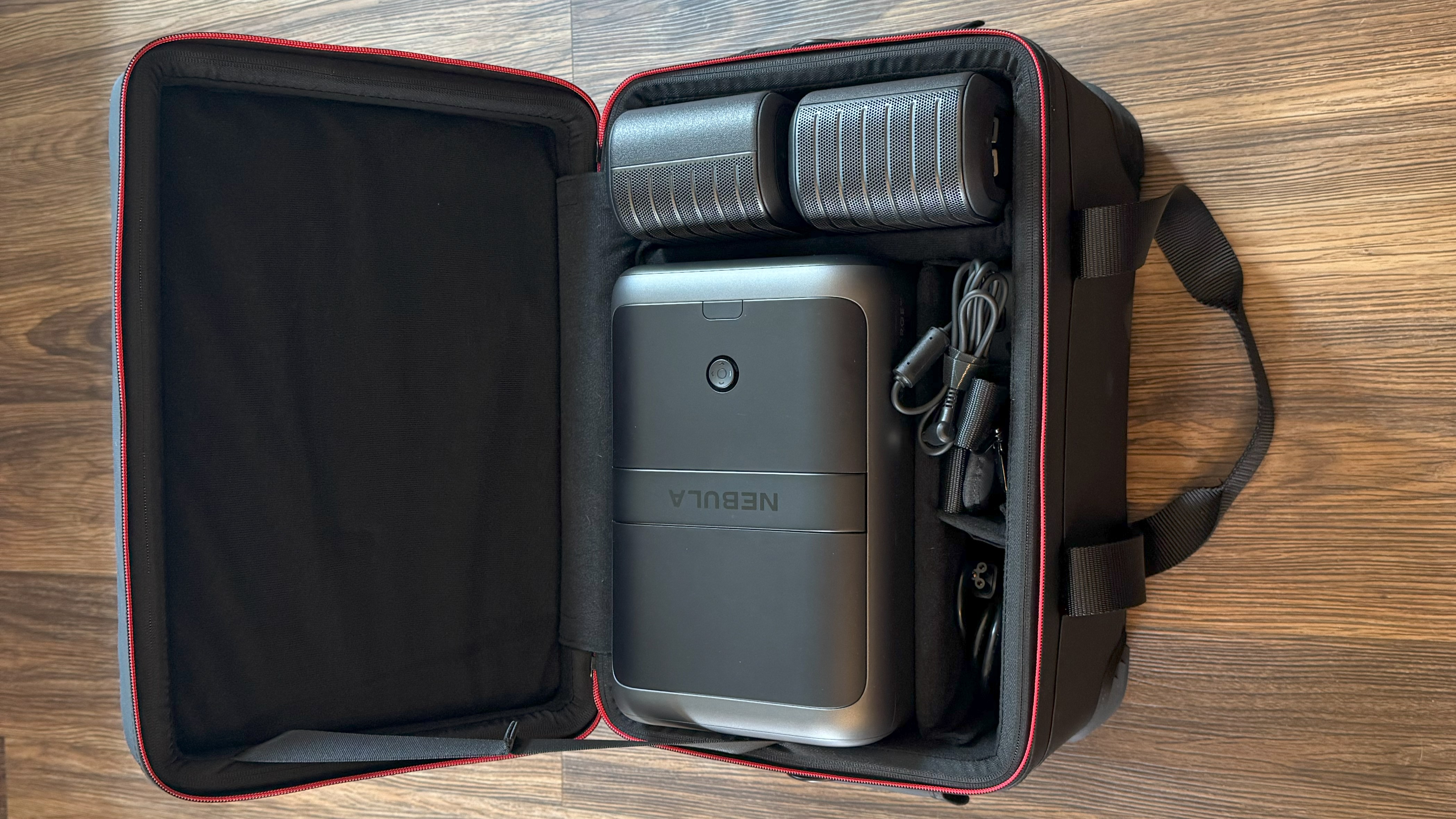
Buy it if...
You want a top-end outdoor projector
The Nebula X1 is easily transportable thanks to its retractable handle and accessory pack that includes a padded carrying case, and it projects a beautifully crisp and accurate picture in the proper picture modes.
You want a projector that’s easy to set up
The automated setup process takes only a few seconds and is consistently very accurate in finding and filling your projection screen.
You want a bright projector with a great smart TV platform
For its price, the X1 has one of the brightest images currently available and runs on the Google TV OS, which supports all of the popular streaming apps and runs quickly and smoothly.
Don’t buy it if…
You’re looking for a “sometimes” projector
The Nebula X1 is expensive for the portable projector market. When spending $3,000 on anything, you want to be sure you’ll get as much use out of it as possible. If you only want a projector for an occasional summer movie night, this might not be the best one to get.
You plan to use it mostly for gaming
Can you game on the X1? Absolutely. But since all of the auto setup features add significantly to the input lag time, it requires a more careful and time-consuming setup to get the image framed correctly without the use of keystone correction and auto zoom.
You want the option to use eARC for video sources
As it stands at the time of review, the eARC port (HDMI2) only recognizes connected sources as audio playback devices. So if you have a Blu-ray player or console connected via HDMI2, the video currently defaults to Google TV instead of what’s playing from the source.
Also consider...
Swipe to scroll horizontally
Price: | $2,999 / £2,999 / around AU$4,500 | $2,399 (around £1,900 / AU$3,690) | $1,099 (around £850 / AU$1,645) |
Screen sizes supported: | up to 200 inches | 60 to 200 inches | 30-200 inches |
Brightness (specified): | 3,500 lumens | 3,300 ANSI Lumens | 1,000 lumens |
HDR support | Dolby Vision, HDR10, HLG | HDR10, HLG | N/A |
Optical technology: | Triple laser DLP | 4LED, DLP | LED DLP |
Smart TV: | Google TV | Android TV | Android TV |
Connections: | 2 x HDMI 2.1 (1 with eARC), USB-A, USB-C, optical audio out | 3x HDMI 2.0 (1x eARC, 1x internal), optical digital audio out, USB-A 2.0, RS232, 12V trigger out, 3.5mm audio output, Ethernet | HDMI, USB-A, USB-C, 3.5mm audio out, DC power in |
BenQ X3100i
Another portable 4K projector with high brightness capability, the X3100i is designed specifically for gaming and features solid built-in speakers. It costs a bit less than the Nebula X1, but is a better option for someone more focused on gaming than movies.
Nebula Mars 3
The Nebula Mars 3 is also made by Anker and is a portable model with a built-in rechargeable battery. At 1,000 lumens, its picture is not nearly as bright as the Nebula X1's, and its picture tops out at 1080p resolution, but at around $1,000, it's a much cheaper portable projector option.
How I tested the Nebula X1
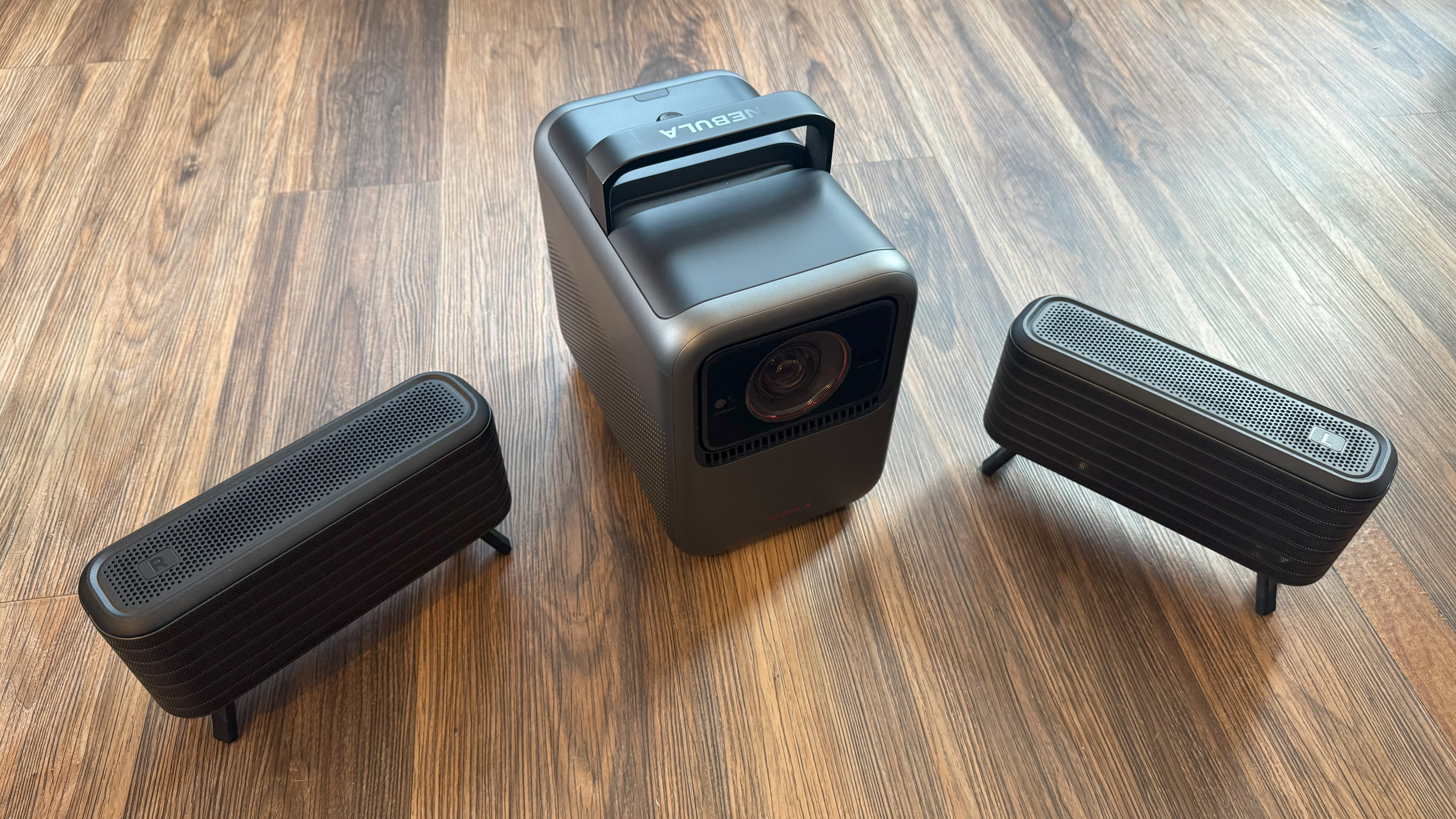
- Tested in multiple situations
- Measured with Calman calibration software
- Evaluated with SDR and HDR content
I primarily tested the Nebula X1 in my living room on a 100-inch Elite Screen CineTension 3 ISF-certified retractable screen with a 1.1 gain screen material. I also briefly brought it outside and projected it on my garage door to test brightness after the sun had set. To test grayscale and color accuracy, I used an X-rite i1 Pro 3 spectrophotometer, Murideo Seven-G 8K pattern generator, and Calman calibration software by Portrait Displays. Input lag testing was done with a Leo Bodnar 4K lag tester.
Subjective testing included watching hours of content through the Google TV streaming platform using the Disney+, Hulu, and Max apps, as well as 4K Blu-ray discs played on an Oppo UDP-203 disc player. Games were played with an Xbox One X console.
I’ve been testing and reviewing projectors, TVs, and other displays for a couple of decades, and am an ISF Level III certified calibrator.
First reviewed: July, 2025

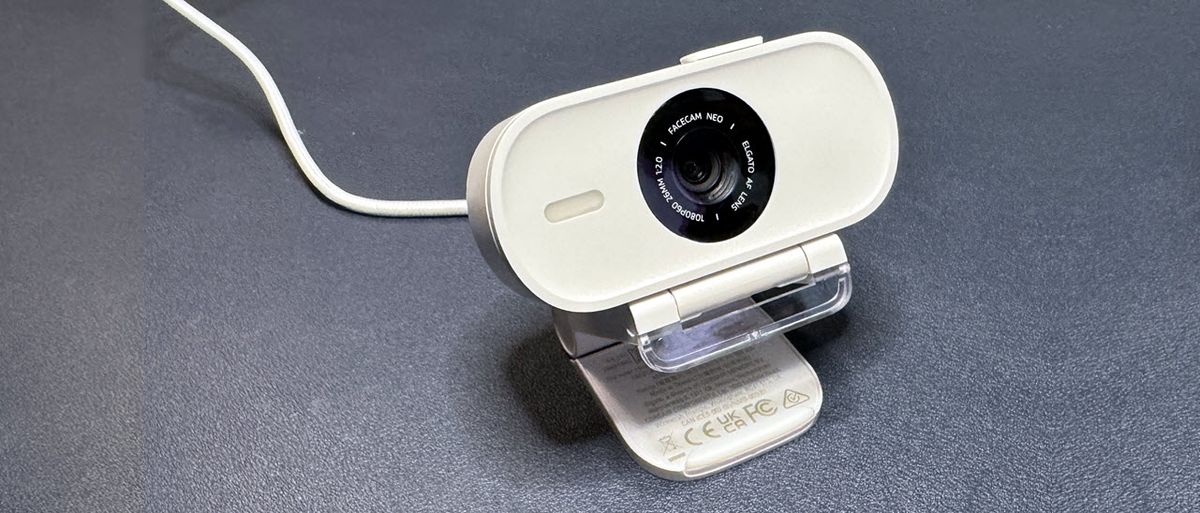


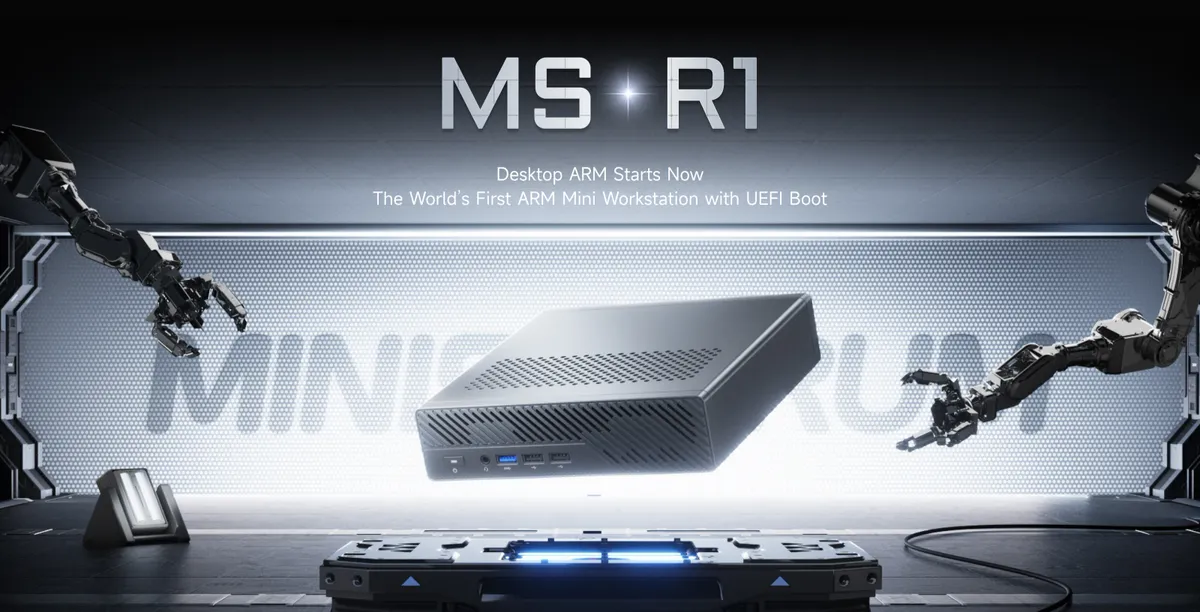





 English (US) ·
English (US) ·